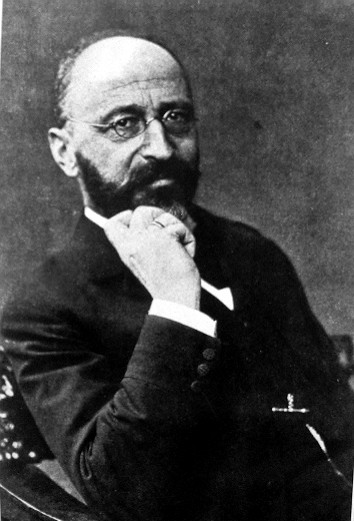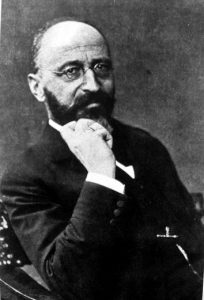Ep. 28 Capital & Interest in the Austrian Tradition, Part 2 of 3

 Bob goes solo in his continuation of his series on Capital & Interest Theory. In this episode he explains Bohm-Bawerk’s solution to the problem of interest, namely that present goods are more valuable than future goods. Bob also explains Bohm-Bawerk’s three separate causes for the higher valuation of present over future goods, including the notorious third cause, which is the higher physical productivity of more roundabout processes. Finally, Bob addresses the criticism of Bohm-Bawerk’s theory coming from Keynes, Fisher, Frank Fetter, and Mises.
Bob goes solo in his continuation of his series on Capital & Interest Theory. In this episode he explains Bohm-Bawerk’s solution to the problem of interest, namely that present goods are more valuable than future goods. Bob also explains Bohm-Bawerk’s three separate causes for the higher valuation of present over future goods, including the notorious third cause, which is the higher physical productivity of more roundabout processes. Finally, Bob addresses the criticism of Bohm-Bawerk’s theory coming from Keynes, Fisher, Frank Fetter, and Mises.Mentioned in the Episode and Other Links of Interest:
- Part 1 in this series (BMS ep. 26).
- Paul Samuelson’s (with identity disclosed) referee reports on Bob’s journal articles on capital & interest theory.
- Bob’s doctoral dissertation, in which the final Appendix reconciles Bohm-Bawerk’s verbal critique with the standard result that r=MPK.
- Use Bob’s special link to subscribe to Liberty Classroom, where (among other courses) you can get Bob’s two courses on the History of Economic Thought.
- Help support the Bob Murphy Show.
The audio production for this episode was provided by Podsworth Media.

[…] ep. 28 of the Bob Murphy Show, I lay out Bohm-Bawerk’s own theory of […]
I’m loving this series. Thanks for the insight and explanation.
I cannot figure out what you are talking about during any point of this. What is the overall purpose of what you are trying to describe?
Also I can’t tell if you believe that present goods are more valuable than future goods
Personally I not convinced that present goods are more valuable than future goods
Hi Camel,
I don’t think “present goods are more valuable than future goods” just like I don’t think red goods are more valuable than blue goods (or vice versa). I’ll explain in part 3 of my series.
[…] 1 and Part 2 in this series (BMS ep. 26 and […]
Camel, I have had a hard time understanding what Bob is talking about also… part three doesn’t get a whole lot better, and I understand this topic completely.
The real understanding of this is that future money is discounted to todays value and compared side by side today’s present money appears to have more value today then future money does. But for the TIME VALUE of MONEY they are equivalent. The discount rate is originary interest rate.
As von Mises states:
“Time preference manifests itself in originary interest, i.e., the discount of future goods as against present goods. Originary interest is the ratio of the value assigned to want- satisfaction in the immediate future and the value assigned to want-satisfaction in remoter periods of the future. Interest is not the specific income derived from the utilization of capital goods. It is an outcome of the higher valuation of present goods as compared with future goods. There prevails a tendency toward the equalization of this ratio for all commodities. It is not “the price paid for the services of capital.” Under the conditions of a market economy the rate of originary interest is equal to the ratio of a definite amount of money available today and the amount available at a later date which is considered as its equivalent. But every gross interest in the changing economy includes not only originary interest but also entrepreneurial profit. The activities of the entrepreneurs tend toward the establishment of a uniform rate of originary interest in the whole market economy.”